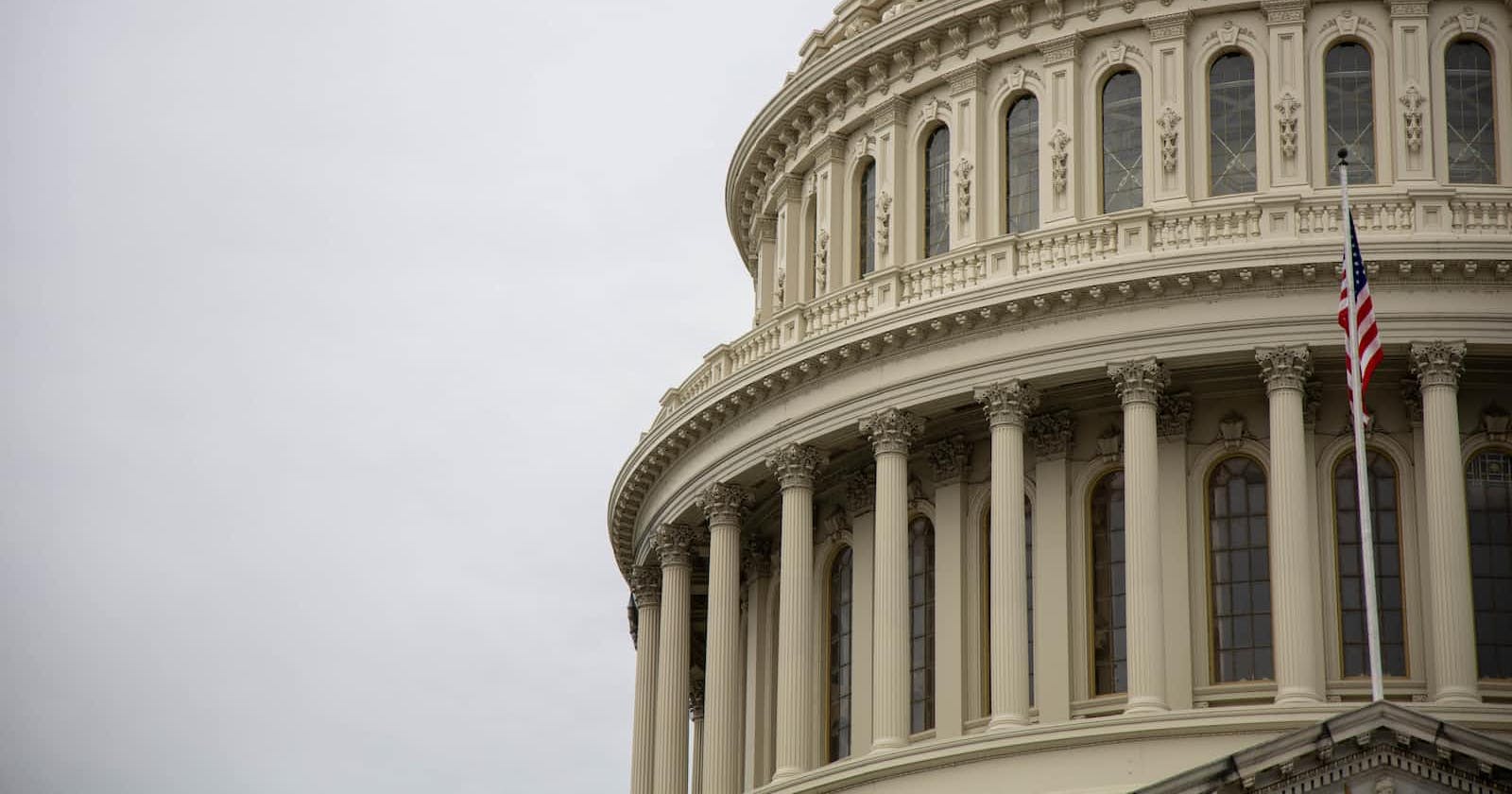Digital technology has enabled the government to connect with citizens in ways never before imagined. By providing access to information, the web is now one of the most powerful tools of democracy. Unfortunately, far too many government websites still have accessibility gaps which create barriers for many of their users.
Citizens use local government websites for countless activities including learning about upcoming elections and government meetings, filing complaints, making payments, viewing materials from the local library, and more.
Website accessibility is not simply a privilege for one in five Americans who have a disability. It’s the law.
The ADA’s (Americans with Disabilities Act) Title II prohibits state and local governments from discriminating based on disability for all public services and programs. In addition, if an entity receives federal funds, the Section 508 amendment to the Rehabilitation Act of 1973, passed in 1998, requires that it make electronic and information technology accessible to people with disabilities. Together, these two regulations form a powerful requirement for state and local governments to commit to website accessibility.
Currently, the most widely used set of standards for website accessibility are the Web Content Accessibility Guidelines (WCAG), which were developed by the World Wide Web Consortium
The current version of the standards, the WCAG 2.1 guidelines, was published into law in June 2018. Seventeen new success criteria were added to the already established (and still 100% relevant) criteria of WCAG 2.0.
The ADA and The Rehabilitation Act require accessibility for people who are blind, have low vision or have a reading disability, which makes accessible documentation of paramount importance. Both require removing barriers for people with disabilities so they can access goods, services and information. This includes government agencies, through Title I and Title II.
The ADA has defined barriers to include communication barriers. People who are blind, who have low vision or have a reading disability are entitled to equal access to information via a communication method that they can understand and their preference is to be taken into consideration. Typically these methods are: braille, large print, audio and more recently accessible websites and electronic data, like PDFs.
Failure to comply can put a government department in legal jeopardy. An individual or group can sue for non-compliance. The federal courts have deemed that web accessibility must meet WCAG standards. The costs associated with litigation and settlements could far outweigh the cost of compliance. The non-monetary benefits of providing equal access should be reason enough to comply. Providing an ADA-compliant experience can save a department time and money, but more importantly, it allows people who cannot be more independent.
There is still much work to be done. In March 2017 the Information Technology and Innovation Foundation (ITIF) analyzed the accessibility of government websites and found 58% of the 300 most widely used government sites indicated significant accessibility problems.
Personally accessible technology is useless when agency websites are not accessible.
Even when a person with blindness, low vision or other visual disability has a personal accessibility solution such as a screen reader, they still need government agencies to provide accessible websites and PDFs
This can become a safety issue as well. If there is a national emergency people who have a visual or reading disability need to have access to the same information, warnings and resources as everyone else. When government agencies are compliant lives are saved and systems run properly.


